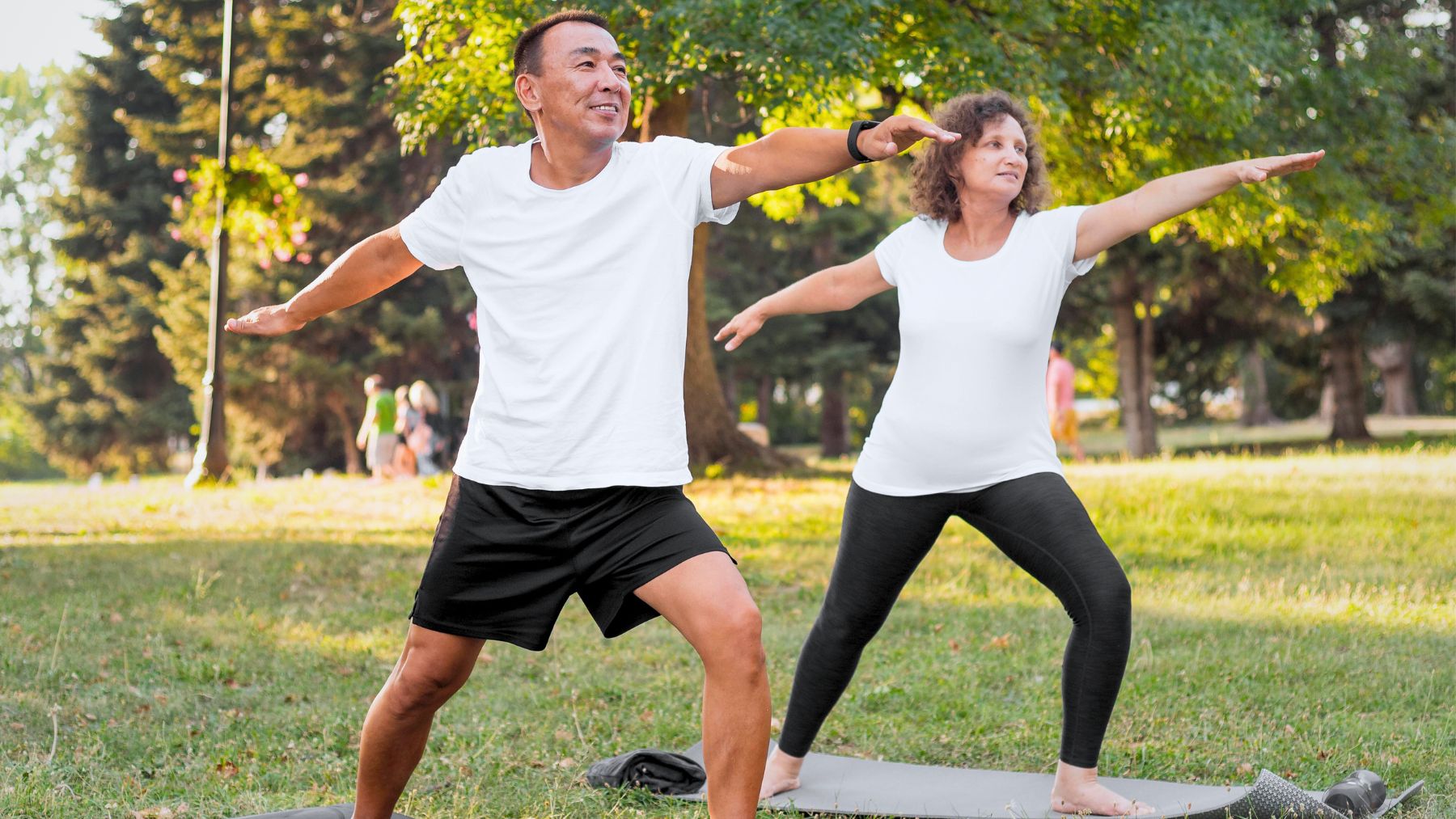For adults over 40 who wish to sharpen balance and coordination, Pilates is a scientifically validated approach. Although exercises such as calisthenics and weight training offer valuable benefits, research shows that Pilates specifically addresses many age-related physical changes, from increased joint stiffness and reduced muscle elasticity to postural patterns.
In the following sections, we’ll explore why Pilates is effective at enhancing stability and body awareness after 40, how its low-impact techniques protect sensitive joints, and why incorporating complementary practices like stretching and balance training can amplify results. Let’s begin.
How Pilates supports balance and coordination after 40
Pilates emphasizes controlled movements, deep core engagement, and precise alignment, all of which are essential for adults experiencing muscle loss and increased joint sensitivity. Recent research revealed that it provides distinct benefits for long-term joint health and postural stability. Let’s review this more deeply.
Builds core strength
Pilates concentrates on activating the deep abdominal and back muscles that provide vital support for the spine. For adults over 40, this translates into better posture, reduced risk of back pain, and improved functional movement. It can also help you experience fewer falls due to superior core control and balance.
Trains flexibility
Tight hamstrings, stiff hips, and diminished muscle elasticity can undermine balance and mobility. Pilates integrates dynamic stretching that both lengthens and engages the muscles—a contrast to the static approach in traditional yoga poses. This dual focus maintains a healthy range of motion in areas like the hips, shoulders, and lower back, preparing the body to respond quickly when missteps occur.
Low-impact, high-reward
Pilates intentionally avoids the high-impact movements that can tax the knees, hips, and other joints. Exercises such as leg circles and shoulder bridges challenge stability through gentle resistance methods, whether using springs on reformer machines or solely relying on bodyweight. This reinforces the smaller stabilizing muscles around the joints, which tend to weaken with age, thus minimizing the risk of injury.
Sharpens the mind-body connection
Each movement is intricately synchronized with controlled breathing and measurable precision. This deliberate mindfulness cultivates proprioception—the innate ability of the brain to sense the body’s position in space—, which leads to quicker adjustments when navigating uneven terrain or crowded environments.
Other exercises to complement your Pilates routine
While Pilates excels at enhancing core stability and protecting joint integrity, other activities can further promote strength and balance. Complement your Pilates sessions with calisthenics—bodyweight exercises that bolster bone strength and muscular endurance—or tai chi, known for its emphasis on mindful movement and coordination.
For optimal results, consider scheduling Pilates two to three days each week alongside one to two days of supplementary workouts. This diversified approach develops comprehensive full-body resilience and ensures you obtain benefits from different exercise modalities without prolonged gym hours.
Pilates provides a sustainable, science-backed pathway to improved balance, coordination, and mindful movement that’s especially valuable for those over 40. When you enhance your practice with complementary activities such as calisthenics, yoga, tai chi, dynamic stretching, and functional fitness, you set the foundation for long-term physical longevity.
